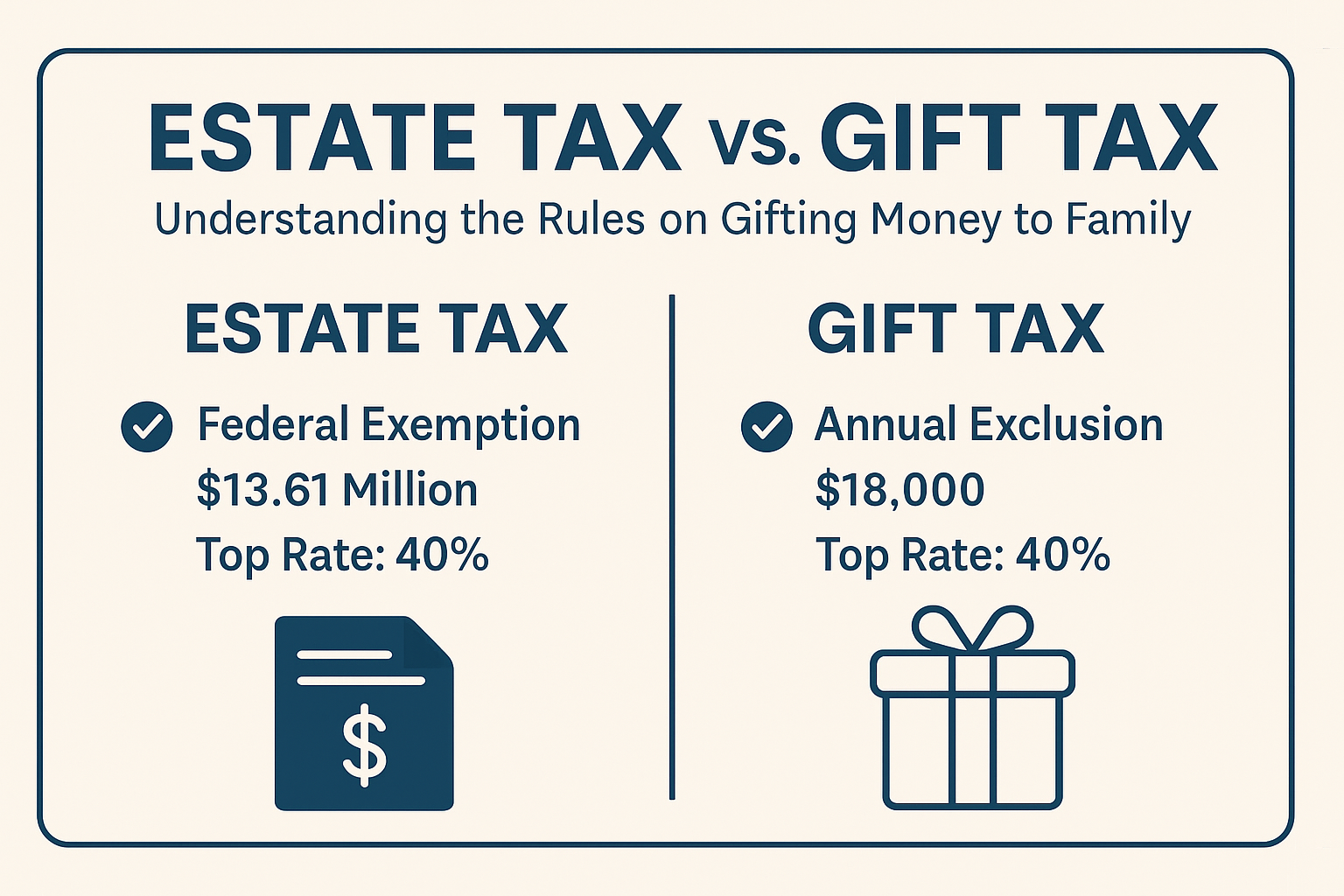Crafting Your Seven-Figure Story: A Masterclass in Storytelling
BetterWealth
December 15, 2025
In this enlightening video, Caleb Guilliams of BetterWealth sits down with Coach Jimmy Nelson to explore the art of storytelling—an essential skill for moving people, building your brand, and ultimately making a lasting impact. They dive into why every individual, regardless of background, has a powerful story to tell, and how crafting that story can transform both personal and professional lives. Whether you're pitching your business, speaking in an elevator, or delivering a keynote, the framework they share is designed to help you connect with your audience at a deep, emotional level.
The Power of a Well-Crafted Story
Caleb and Jimmy start by challenging you to think about your ideal client or audience and the emotion or action you want to evoke after you share your story. They emphasize that storytelling isn’t just about relaying facts—it’s about creating an emotional journey. As Jimmy puts it, your story should help people see that you’re exactly like them, that you’ve overcome obstacles, and that you care enough to share your vulnerability.
“When you know where you want them to go, you work backwards. You find a story that will evoke the emotion that moves people.”
They believe that every person has a "seven-figure story"—a narrative rich enough to transform lives. It isn’t about having an extravagant tale; it’s about owning your experience, embracing vulnerability, and sharing how you’ve grown from your struggles.
The Framework: Relatability, Transformation, and Moral Obligation
Throughout the conversation, Caleb and Jimmy break down the key components of a compelling story:
1. Relatability
Your story must resonate with your audience. Start by sharing moments when you felt ordinary—times when you struggled, felt insecure, or experienced setbacks. These experiences help create an instant connection because they remind others that they are not alone in their challenges.
2. Transformation
A powerful story doesn’t just dwell on past hardships—it highlights how you overcame them. Whether it was a small victory or a major turning point, showing how you moved from a place of struggle to a place of growth inspires your listeners and demonstrates that change is possible.
3. Moral Obligation
Sharing your story is more than just recounting events—it’s about conveying a purpose. Ask yourself: Why is it important for me to share this? How can my experience empower others? When you articulate this moral obligation, your story takes on a greater significance. It becomes not just a narrative about yourself, but a call to action for others to believe in their own potential.
Real-Life Examples: From First Grade to Real-World Impact
Jimmy Nelson shares his personal journey—a story that starts in first grade with a Christmas play that unexpectedly sparked his passion for performance. Despite early challenges and feeling like the “fat kid” from a broken home, that experience became the seed for his lifelong mission: to help others tell their stories. He recalls the transformative moment when he looked in the mirror as an adult, confronted his insecurities, and decided it was time to change. This moment of vulnerability paved the way for his personal growth and his commitment to empowering others.
Jimmy explains that the smallest, most ordinary experiences can carry immense power. Whether it’s a seemingly insignificant moment at school or a personal challenge that forced you to evolve, every experience contributes to the richness of your story. The key is to distill these experiences into a framework that resonates with your audience.
Applying the Framework: How to Craft Your Own Story
Caleb and Jimmy encourage you to take a proactive approach:
- Identify Your “Aha!” Moment:
Reflect on a time when you realized something had to change. It might be a moment in the mirror, a setback at work, or a personal failure that pushed you to reevaluate your path. - Break Down Your Experience:
Use a checklist to jot down pivotal moments in your life—your worst day, your best day, your first significant achievement, and even those embarrassing or painful moments that taught you important lessons. - Highlight Your Transformation:
Clearly articulate how you overcame the challenges you faced. What did you learn? How did that change your approach to life? This transformation is what turns your story from just a sequence of events into a powerful narrative of growth. - Define Your Moral Obligation:
Consider why it’s important for you to share this story. What do you hope others will take away? Whether it’s hope, inspiration, or practical advice, make sure that your story has a clear, purposeful ending.
Jimmy invites you to explore his free checklist available at storywellcrafted.com. This resource is designed to help you jog your memory and organize your thoughts, so you can create a story that truly reflects who you are and what you stand for.
Why Storytelling Matters: Impact Beyond the Pitch
Caleb and Jimmy agree that effective storytelling isn’t just a tool for business—it’s a way to transform lives. They discuss how the stories we share not only define our public image but also impact our inner lives. When you can express vulnerability and authenticity, you inspire trust and build deeper connections with others.
Remember the words of Peter Guber:
“Stories have the unique power to move people's hearts, minds, feet, and wallets.”
By mastering the art of storytelling, you empower yourself and others. Your story becomes a vehicle for change—a means to inspire, educate, and ultimately, leave a lasting legacy. Whether you’re an entrepreneur, a teacher, a coach, or simply someone looking to make a difference, your story is your most valuable asset.
Conclusion: Embrace Your Story and Impact the World
Caleb Guilliams and Jimmy Nelson remind us that every person has a story worth sharing—a seven-figure story that can transform lives if told with authenticity and purpose. Whether you're looking to move clients, inspire change, or simply connect with others on a deeper level, effective storytelling is the key.
- Relate: Show your audience that you’re like them.
- Transform: Highlight the journey from struggle to success.
- Inspire: Share the moral of your story—why your journey matters.
By following this framework, you can craft a narrative that not only resonates but also drives action. As Caleb and Jimmy put it, the power of your story lies in its ability to connect hearts, spark change, and ultimately, help you leave a legacy of hope and intentional living.
For more tips on crafting your story and mastering the art of communication, visit storywellcrafted.com for a free checklist and additional resources. And if you have questions or insights to share, leave a comment below—your story matters, and your voice can change the world.
Harness the power of your story to move hearts, minds, and even wallets. Embrace vulnerability, celebrate transformation, and share your truth—because every story, no matter how ordinary it may seem, has the potential to inspire greatness.
.png)


